I Swear
 Wednesday, December 1, 2010 at 10:43AM
Wednesday, December 1, 2010 at 10:43AM I have done my best to head to the courthouse early so I don’t have to rush once I arrive. Sometimes, going through security can be very time-consuming. Fortunately, Monday wasn’t all that bad. I never have to park in the parking garage, either, and that generally saves me $6-10 per hearing; not much, but in this tight economy, every bit helps. Because of where I park, I walk by the television trucks with their high microwave towers extending from the roofs. It’s interesting because they are filled with very expensive electronic equipment. On most days, that’s where the reporters put their well choreographed on air segments together. That in itself is a real talent. The trucks are all parked in an area designed for them, in front of the courthouse, in a nook off Orange Avenue.
I ran into Mike DeForest from WKMG, the CBS affiliate. I hadn’t seen much of him since the judge debacle, so it was nice to chat for a few minutes before I decided it was time to head up to the 23rd floor. He’s a good guy. Off to the side was Jacqueline Fell, from Central Florida News 13. She’s a very nice person and very approachable. She was the first one to interview me months ago. As I briefly chatted with her, I noticed Ann Finnell walking by herself. She had an almost lost look on her face, so I walked up to her. I promised I would say hello from her cousin, who comments occasionally on my blog. Last time, I didn’t remember her name. This time, I did. She was looking for the rest of her team and I couldn’t help her there, but she did ask what floor the hearing was on. I said it’s always on the top floor. I asked her if she wanted me to show her, but she said she’d wait and see if they showed up. We parted.
It was one of those days where the line that winds through the lobby to get to security wasn’t as jam-packed as usual, but it was moving rather slowly. About five minutes into it, Ann walked in and stood at the back of the line, where I was already halfway through. I beckoned her to join me. After all, she had important work to attend to. I lifted the rope attached to the stanchions and let her through. No one complained to me about letting her skip through the line, but I would have handled it. She went through security before me. I have to remove my belt every time I go through, so while I had to put it back on, she politely waited for me to finish. Besides, she wasn’t quite sure where to go since she was in the courthouse only once before, at least for this particular case. I thanked her and we walked toward the elevators. I was mostly making small talk about my trip to Jacksonville and the proton accelerator at Shands Hospital, where my best friend, Stewart, recently underwent treatment for prostate cancer. All in all, it was a delightful encounter and I must say she is a very nice and refined lady; every bit of what I thought she would be. When we got to the courtroom doors, they were locked. I peeked through the crack between the doors and saw that Jose Baez was already in there. We knocked on one of the doors and she was let in. As she entered, she thanked me for my help.
“You’re very welcome. See you in there.” Only lawyers were let in at that time.
I always feel comfortable around the media people, and in particular, Bob Kealing. He has been one of my strongest supporters as a blogger and he’s a very personable guy. Bob has authored three books and won three Emmys for his work. I’ve always admired him for his professional appearance and reporting and, no doubt, he did a great job on the Neal Haskell piece he put together during his trip to Indiana. After we took our seats, Casey entered and we could hear the now familiar clink-clank of ankle chains. Within a minute or two, Cheney Mason nodded and called Bob up for a brief, very hushed, chat. When he returned to his seat, I quietly asked him if he had a good story. Yup. The courtroom hushed as the judge entered at precisely 12:58. Dang, known for being prompt and on time, I was disappointed he was early. This is two times in a row. His track record was slipping, I thought.
The first order of the day was the motion the state filed to compel discovery. The judge made it clear that he had to leave by 1:40 because of a trial he was presiding over in Courtroom 19-Delta. That’s a familiar courtroom - the one Judge Strickland used and the one that changed my blogging life forever.
The motion addressed six key points:
- Any contracts or agreements, in any manner or form, setting for the scope of work or expected compensation.
- Any communications between expert and any member of the defense team, either past or present, or any member of their staff, or any one working on behalf of the Defendant.
- All records of bills submitted by or payments made to the expert.
- All records pertaining to payments for travel, meals or entertainment paid to or for the benefit of the expert or anyone traveling with the expert, by any member of the defense team, either past or present, or any member of their staff, or any one working on behalf of the Defendant.
- Any notes taken by the expert or for the expert during, or referencing their examination of any evidence in this case.
- Any photograph or video taken by the expert in connection with this case.
These were rather interesting demands because it encompassed a lot more than mere work product, which is privileged information, it also covered the entire time prior to Judge Strickland’s ruling on Casey’s indigence status. Personally, I thought the state was asking for more than the judge was willing to give, and as Jeff Ashton finished addressing his points, the judge made asked for a response from Mr. Baez.
“There is nothing that entitles the state to this.” He said there was no wining and dining going on, so there’s nothing like that to turn over. Besides, he said, he had no reports from his experts, which I found unusual. He said it was burdensome and it doubled the work for experts. Also, a lot of the work was done pro bono.
As Jose Baez, Judge Perry and discussed all six points, the judge asked Ashton a specific question that signaled, at least to me, that he did not fully agree with the motion.
“What in that rule or in what case authority does it signal the proposition for your request on 1, 2, 3 and 4?” It was then I realized the state was only going to get 5 and 6. The way he explained it to the prosecution was pure Perry style. If you want the information, you can get it through depositions and/or subpoenas, not through this motion. As much as the judge is perceived as a prosecutor’s judge, he is very fair to both sides of the courtroom aisle. 1, 2, 3, and 4 were denied without prejudice. The defense would have to turn over notes taken by the experts, and all videos and photographs. Incidentally, yesterday was the deadline for the defense to give the state their list of experts, but the judge did give them a two-week extension.
Time was drawing nigh for the judge to set sail for another courtroom, but he soldiered on. He asked about the defense’s outstanding motion on Roy Kronk. Baez said he may withdraw it until a later date; closer to trial. The judge reminded him, in no uncertain terms, that once the deadline for motions comes and goes, he will not hear them. He asked Baez if all the state’s witnesses had been deposed. Baez said yes. He told the state that all depositions of defense experts must be done by February 28. On that same date, all motions related to forensic evidence must be in. Any non-forensic related motions must be filed by December 31.
Ann Finnell finally had a chance to speak. It didn’t last long. Some may think Judge Perry cut her short as a, sort of, way of snapping at her, but I didn’t interpret it that way. I may be wrong, but the judge had no more time to hang around, and he told her he wasn’t going to be available the week leading up to Christmas, although a tentative date to hear her motion was discussed and the 20th and 21st were tossed about. December 20 was the agreed on date, at 1:30 PM. The week of Christmas. He also reminded her that attorneys for the media would object to her motion
Cheney Mason quickly stood up and told the court that the JAC is having issues over payment and he has a motion ready to file. Judge Perry said if it’s not resolved, he will gladly take care of it.
While we thought the hearing was over, it wasn’t. Jose asked for a sidebar. The judge complied and both camps stepped up to the bench. Whatever transpired, we weren’t privy to, of course, but it was very interesting to everyone when the judge raised his right hand and began to give some sort of oath to a young gentleman who was in the mix. It was also during this time that a legal assistant had Casey laughing. To be honest, I didn’t see it. Casey was directly in front of me, so I have no idea what it was all about.
Diana Tennis, Dominic Casey’s attorney, sat in the row in front of Bob, Jim Lichtenstein, Mike DeForest and myself, directly to the right of Cindy Anthony and her friend. She surmised that it was the swearing-in of a new attorney. Some balked at that suggestion, but she was right. While no one knew who he was, I approached him after the hearing ended. William Slabaugh told me it was awfully nice of the attorneys to permit Judge Belvin Perry, Jr. to swear him in as Orlando’s newest lawyer. It was an honor and a privilege. I congratulated him and wished him all the best. This is something he will forever remember, because a simple notary public could have done the same thing. I’m sure the judge enjoyed the moment tremendously, but back to the matter at hand…
The final thing the judge brought up was the reminder that the defense must give the state the list of new TES witnesses by January 31, so they can be deposed by March 30. With that, the hearing ended and I had my agenda in mind to find out who that new gentleman was. At the same time, I had something I wanted to say to Jose. Meanwhile, Cheney and Bob picked up their discussion where they left off. What Jose and I discussed was between us, but what appeared to be an embrace to some was far from that. Attorneys are used to talking up close and personal to keep inquisitive ears from eavesdropping.
When Jeff Ashton was walking out of the courtroom, I asked him if Judge Perry had addressed the John Huggins¹² case. Had he rendered a decision? If so, it passed me on by. No, he said and we walked to the elevators. Riding down to the first floor, he was asked about the decision on parts 1, 2, 3, and 4 of the motion. Would he refile? He said the judge did rule “without prejudice” on those key points and that leaves the door open.
As we left the courthouse, I thought to myself, the hearing didn’t get over until almost one o’clock. Oh me, oh my, Judge Perry was going to be late to his trial. Perhaps that’s why he asked for a deputy to approach the bench; to alert the deputies in 19-Delta.
 Dave Knechel | tagged
Dave Knechel | tagged  Diana Tennis,
Diana Tennis,  Jacqueline Fell,
Jacqueline Fell,  Jim Lichtenstein,
Jim Lichtenstein,  John Huggins,
John Huggins,  William Slabaugh | in
William Slabaugh | in  Ann E. Finnell,
Ann E. Finnell,  Ann Finnell,
Ann Finnell,  Bob Kealing,
Bob Kealing,  CFNews13,
CFNews13,  Casey Anthony,
Casey Anthony,  Caylee Anthony,
Caylee Anthony,  Cheney Mason,
Cheney Mason,  Chief Judge Belvin Perry,
Chief Judge Belvin Perry,  Cindy Anthony,
Cindy Anthony,  Dave Knechel,
Dave Knechel,  David B. Knechel,
David B. Knechel,  David Knechel,
David Knechel,  Dr. Neal Haskill,
Dr. Neal Haskill,  Human Interest,
Human Interest,  JAC,
JAC,  Jeff Ashton,
Jeff Ashton,  Jose Baez,
Jose Baez,  Judge Stan Strickland,
Judge Stan Strickland,  Judicial Administrative Commission,
Judicial Administrative Commission,  Marinade Dave,
Marinade Dave,  Marinade Dave Knechel,
Marinade Dave Knechel,  Marinade Dave’s Caylee Anthony Posts,
Marinade Dave’s Caylee Anthony Posts,  TES,
TES,  TexasEquuSearch,
TexasEquuSearch,  WESH,
WESH,  WKMG,
WKMG,  marinadedave |
marinadedave | 
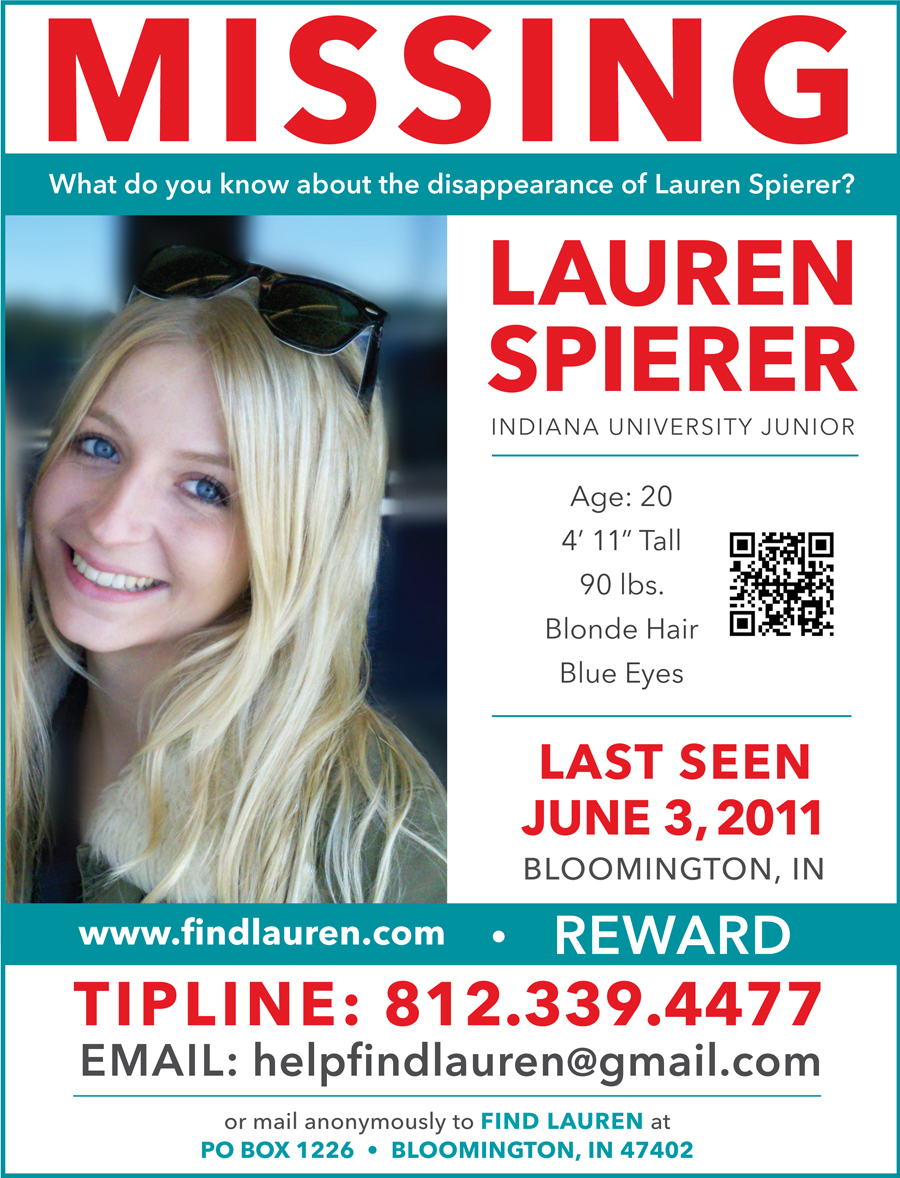
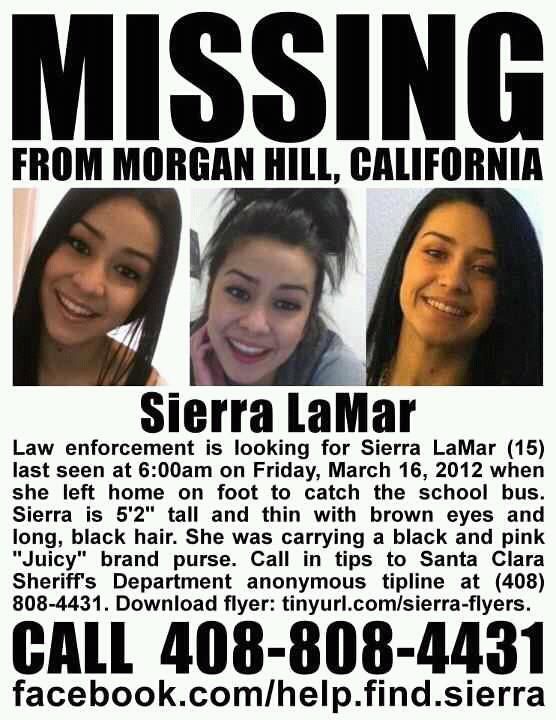

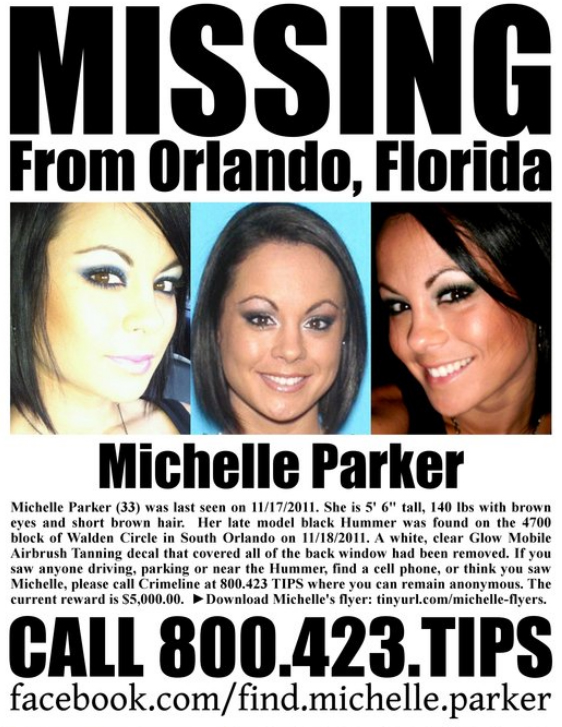
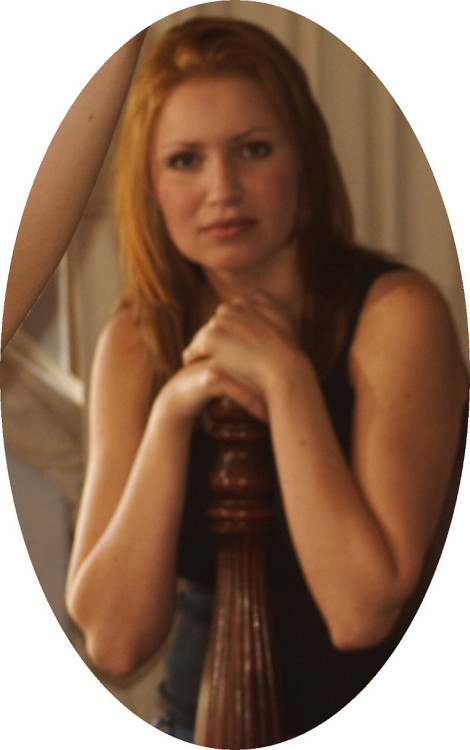
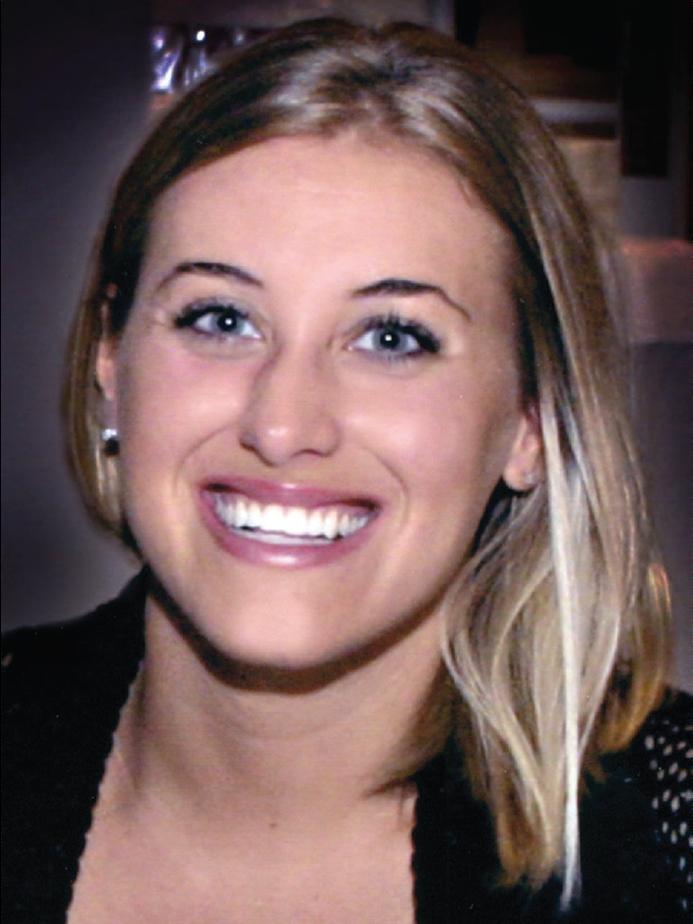











 LEGAL NOTICE
©David B. Knechel. All Rights Reserved. No portion of this site can be reproduced in it's entirety or in part without expressed written permission by the owner/administrator of this site in accordance with the Digital Millennium Copyright Act. Section 512(c)(3) of the U.S. Copyright Act, 17 U.S.C. §512(c)(3). The charges against defendants are mere accusations and the subjects are presumed innocent until found guilty in a court of law.
LEGAL NOTICE
©David B. Knechel. All Rights Reserved. No portion of this site can be reproduced in it's entirety or in part without expressed written permission by the owner/administrator of this site in accordance with the Digital Millennium Copyright Act. Section 512(c)(3) of the U.S. Copyright Act, 17 U.S.C. §512(c)(3). The charges against defendants are mere accusations and the subjects are presumed innocent until found guilty in a court of law.
